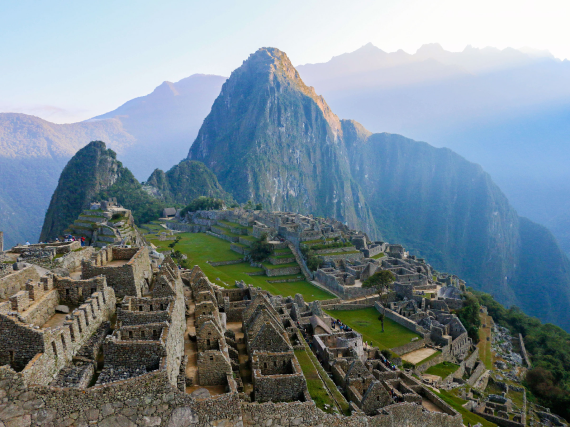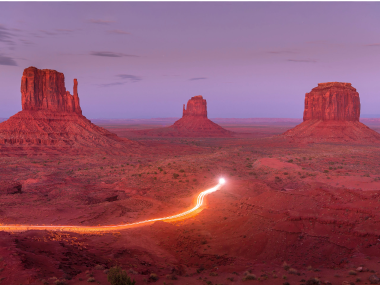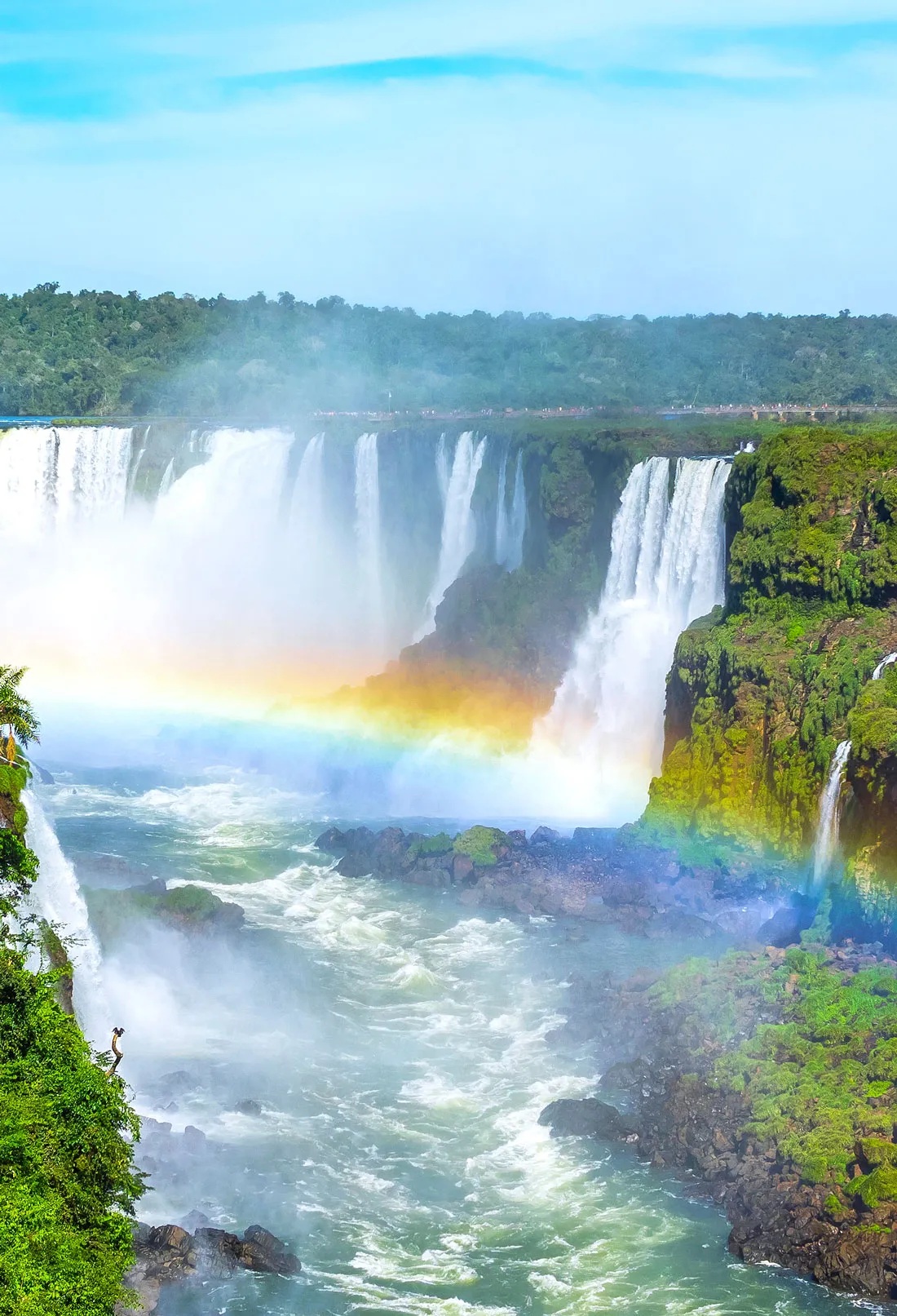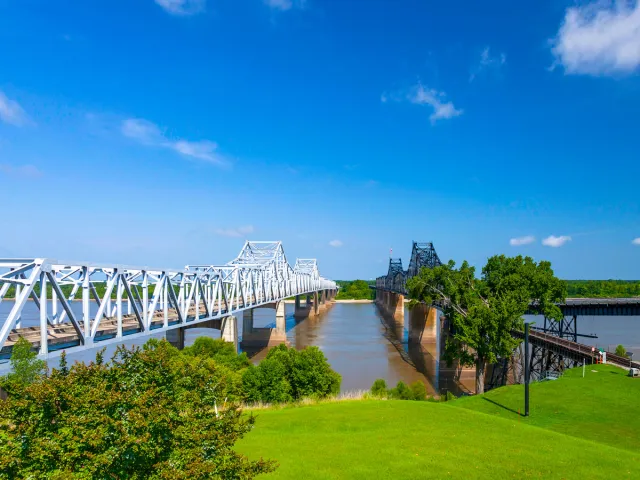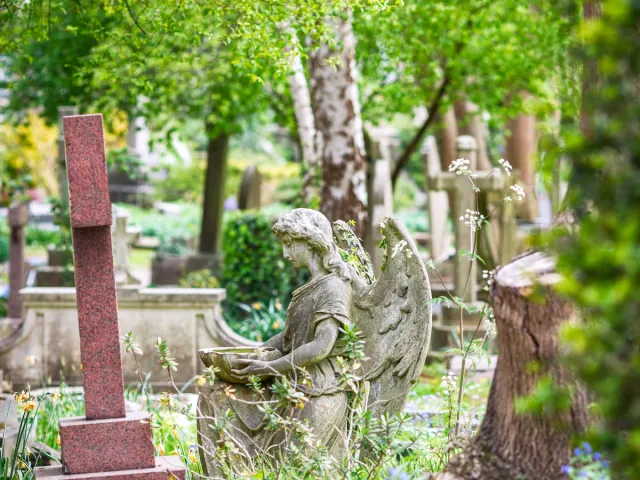Rainbows form as tiny water droplets retract and reflect sunlight, but these two simple elements must come together in just the right way to create a vivid band of colors across the sky. The various angles at which each wavelength reflects allows humans to see different colors, creating a spectacular prism-like effect in the sky. This natural phenomenon often takes on spiritual meanings and symbolizes new beginnings. Looking to go chasing rainbows? Here are five places around the world where you’re most likely to see rainbows (and maybe even a pot of gold on the other side).
Hawaii
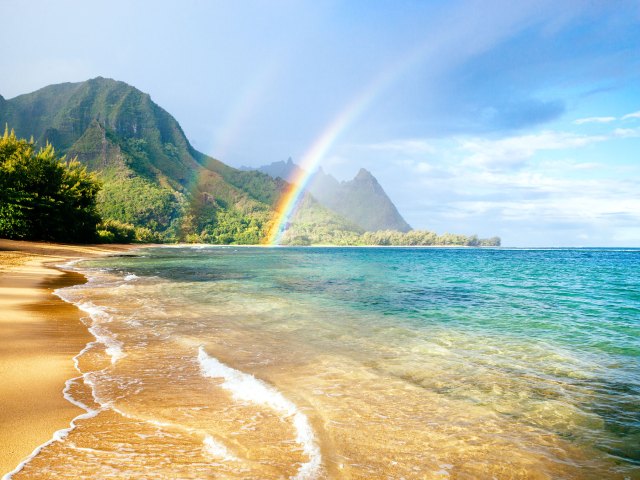
Hawaii is widely considered the best place on the planet to catch a rainbow. The Aloha State’s geographic location means the state experiences a subtropical climate that ushers in northeast trade winds, bringing with them frequent rain showers and clear skies — two factors needed for flawless rainbows (particularly on rainy Kauai).
Another factor is the mountainous topography that keeps the frequent rain clouds on one side. That creates clear viewing on the other, which, along with a lack of pollution in the Hawaiian skies, allows rainbows to shine brightly and free of contamination. Rainbows are an integral part of Hawaiian culture, and the state has a well-deserved nickname of the “Rainbow State.”
Ireland
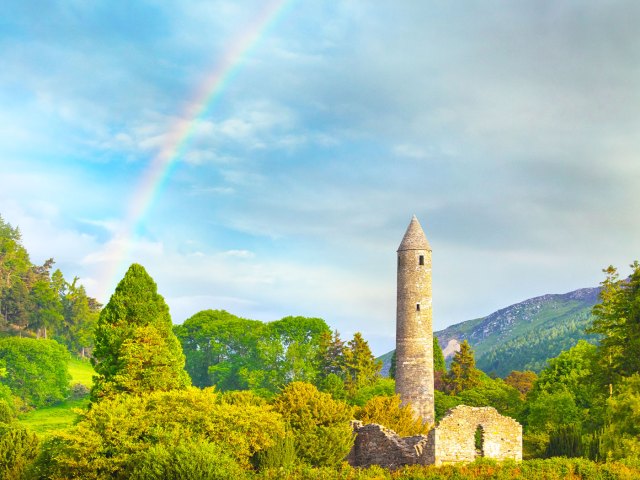
Ireland is well known for its rainy weather — it’s what keeps the Emerald Isle so green, after all — but one silver lining is the abundance of rainbows that come with the dampness. Low-pressure weather systems often move along Ireland’s coast, creating precipitation commonly followed by periods of sun.
This reoccurring weather pattern ensures that rainbows are a common fixture along Ireland’s coast, particularly in spring and fall, when the sun is low in the sky, and along the Wild Atlantic Way — the world’s longest coastal driving route that winds along Ireland’s west coast. Rainbows symbolize good fortune and blessings from the heavens in Ireland. The first reference to leprechauns and their famous pot of gold was in the 1888 book Irish Wonders, which rooted rainbows in Irish folklore.
Rainbow Coast – Australia

Rainbows paint the skies above a stretch of southwestern Australia so frequently that the area has earned the nickname of the Rainbow Coast. This remarkable coastline is divided into three regions: Albany, Denmark, and Walpole. Some of Australia’s best surfing, diving, beaches, and pristine nature are scattered throughout these three regions, and adding to the area’s allure is the frequent presence of rainbows. Thanks to the angle of the sun that shines from the north, and the rain that comes off the southern coast, you can see rainbows throughout the day — especially in winter when the sun is less than 42 degrees above the horizon.
Niagara Falls – Canada and the U.S.

There’s no shortage of water droplets — one of the main ingredients in rainbows — surrounding the largest waterfall by volume and width in North America. Tourists are likely to spot a rainbow at some point during their visit to Niagara Falls, when the sun shines behind the constant mist produced by the powerful waterfall, which flows at more than 3,000 tons per second.
Did you know that full rainbows are actually complete circles? We can usually see only a portion of the rainbow from the ground, making it appear as an arch. However, from a higher vantage point, it’s possible to view a rainbow in its entirety. Niagara Falls is one of the few sites that — if the timing is right — allows for a 360-degree rainbow sighting from the top of the Skylon Tower Observation Deck.
Iguazu Falls – Argentina and Brazil
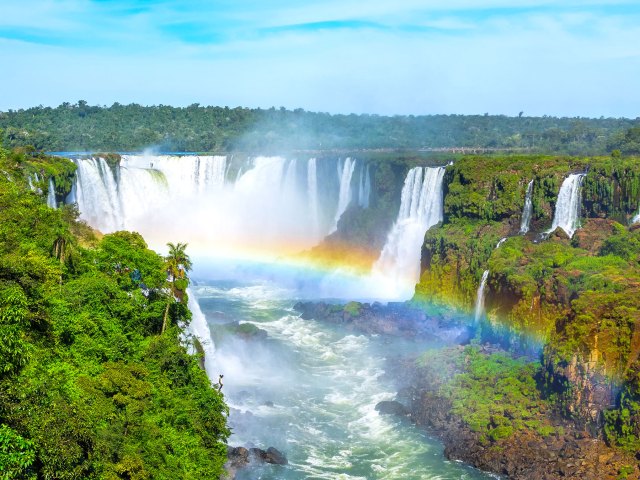
Located on the border of Argentina and Brazil, Iguazu Falls is the largest waterfall system in the world — three times as wide as Niagara Falls — so it comes as no surprise that Iguazu is also a rainbow chaser’s dreamland. The falls are interrupted by a series of protruding rocks and ledges, creating 275 separate cascades within the system.
The massive amounts of spray from the dozens of cascades deflects the sunlight that dances between the water droplets, resulting in the near-constant presence of rainbows. Iguazu Falls is also one of the only places where you can spot rare lunar rainbows (or moonbows) — created by moonlight rather than the sun — but the conditions have to be just right.
More from our network
Daily Passport is part of Inbox Studio, which publishes content that uplifts, informs, and inspires.

